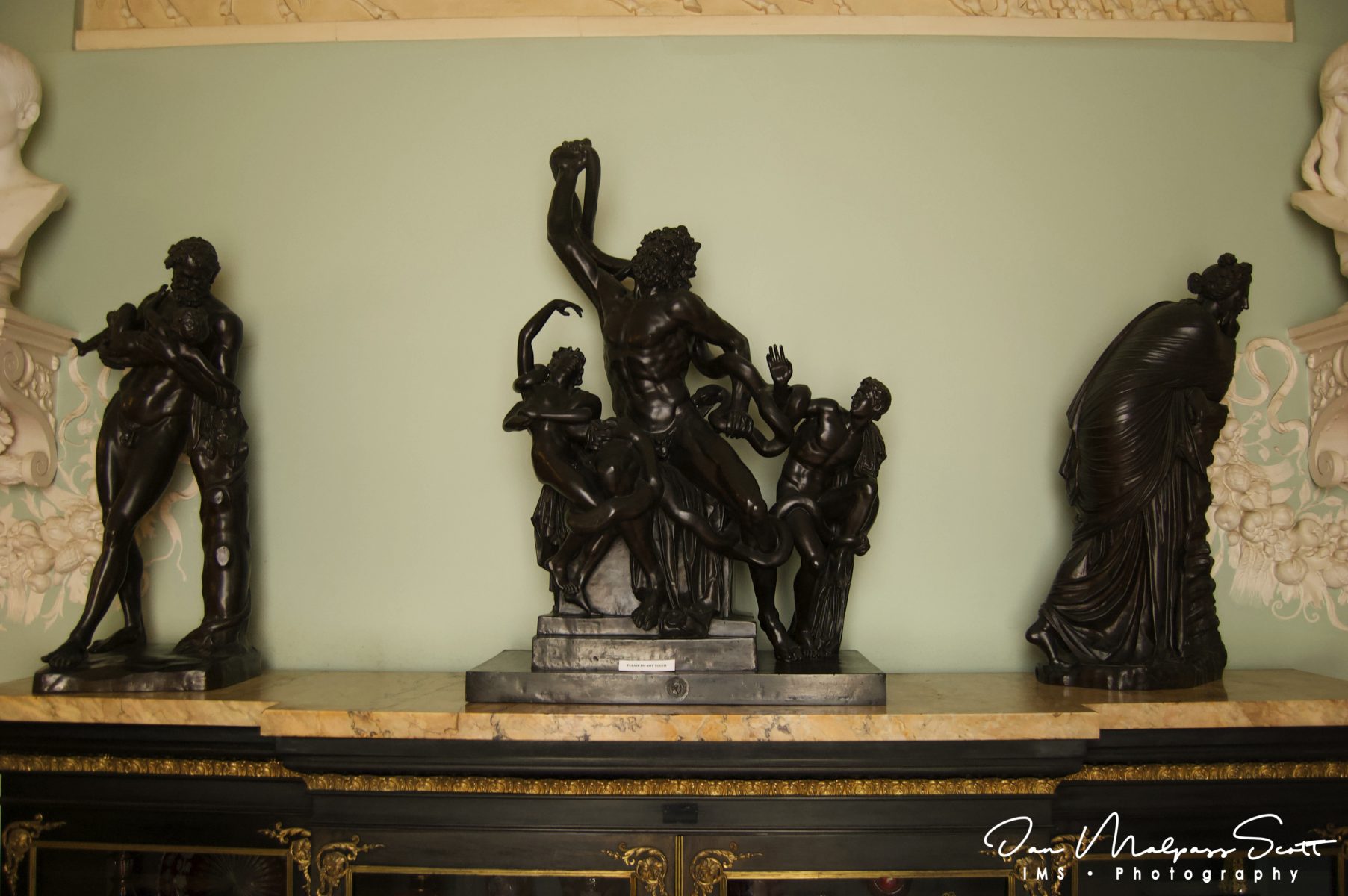![]()
FERDINAND BARBEDIENNE (1810-92)
Silenus and the infant Bacchus, after the Antique 1847
Bronze | 78.5 x 32.0 x 32.5 cm (whole object) | RCIN 41048
Grand Corridor Second Section, Osborne House
Provenance
Given to Queen Victoria by the Prince Consort in 1847 and displayed in the Grand Corridor at Osborne House.
![]()
FERDINAND BARBEDIENNE (1810-92)
Laocoon 1854
Bronze | 92.5 x 64.0 x 31.5 cm (whole object) | RCIN 41047
Grand Corridor Second Section, Osborne House
Provenance
Given to Prince Albert by Queen Victoria on his birthday, 26th August 1854 [Victoria & Albert: Art & Love, London, 2010, pg 460]
![]()
AFTER ANTIQUE
Polyhymnia, daughter of Zeus 1847
73.5 x 18.5 x 35.0 cm (whole object) | RCIN 41046
Provenance
Given to Queen Victoria by Prince Albert, for her birthday, 24th May 1847. [Victoria & Albert: Art & Love, London, 2010, pg 456]


